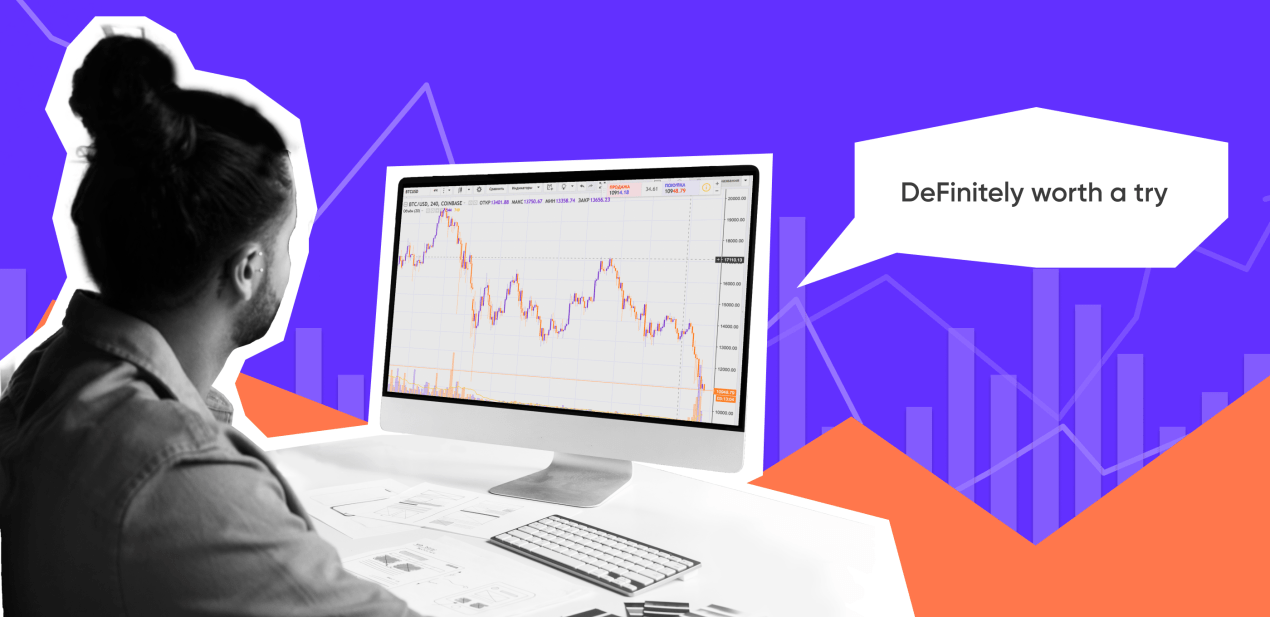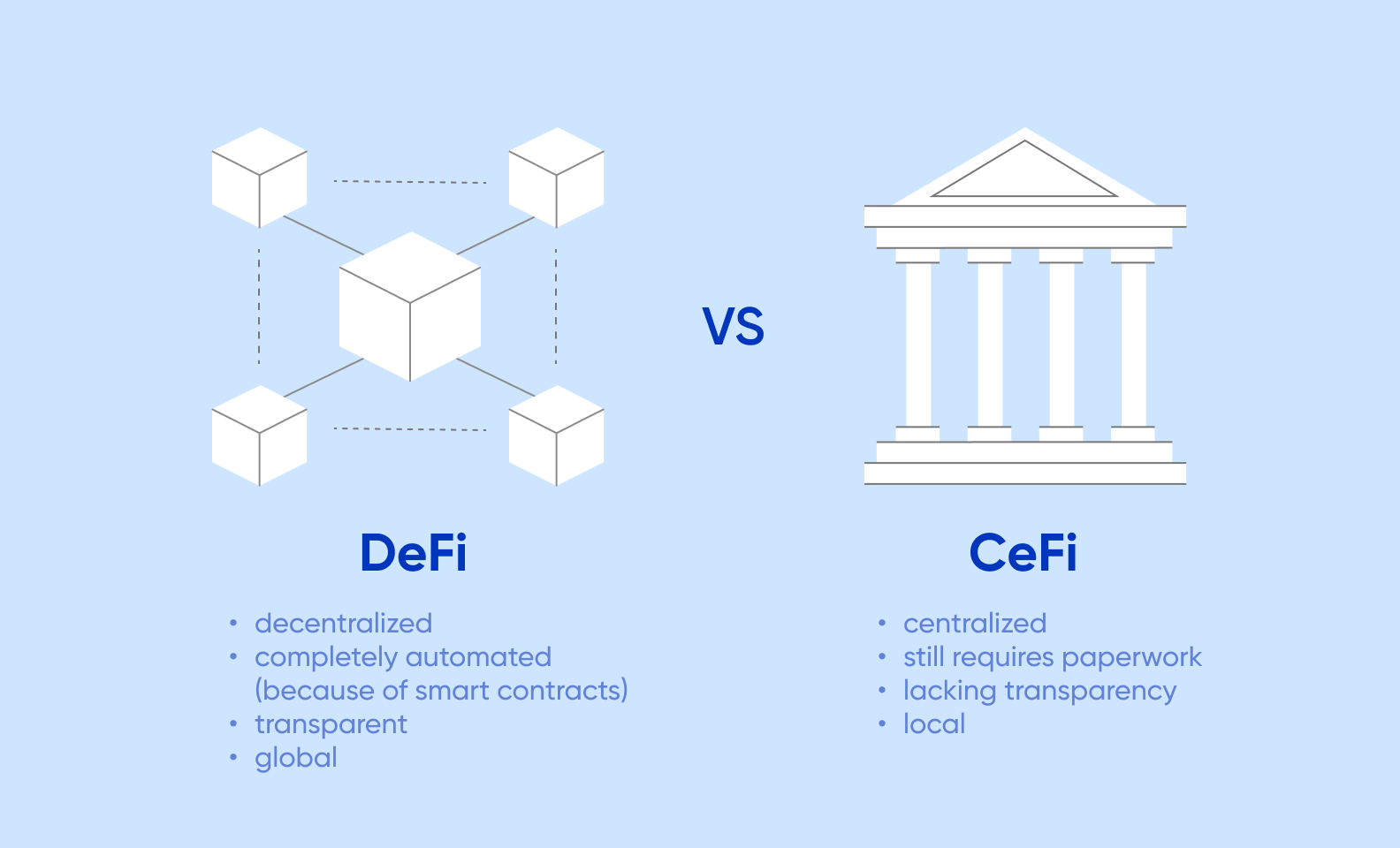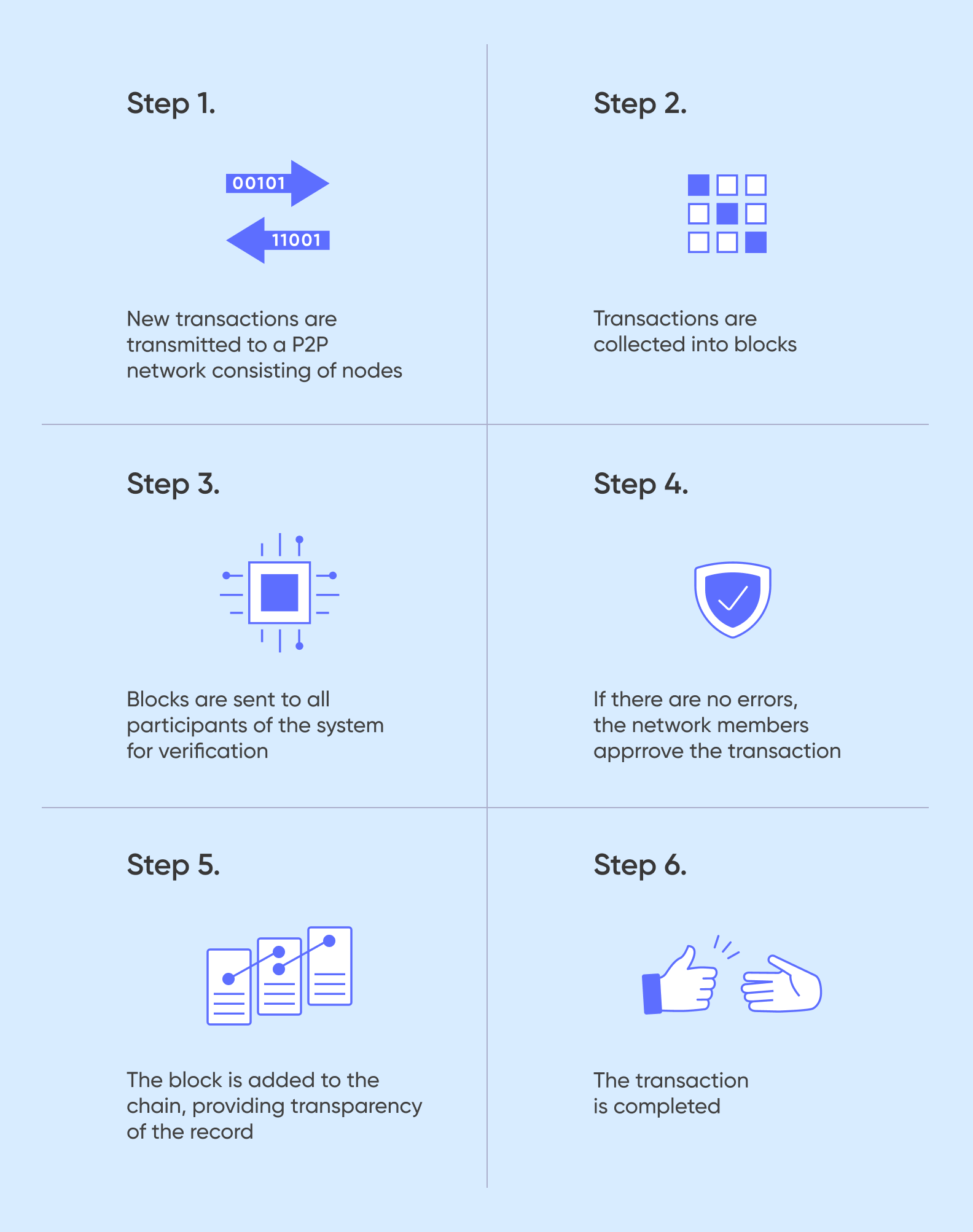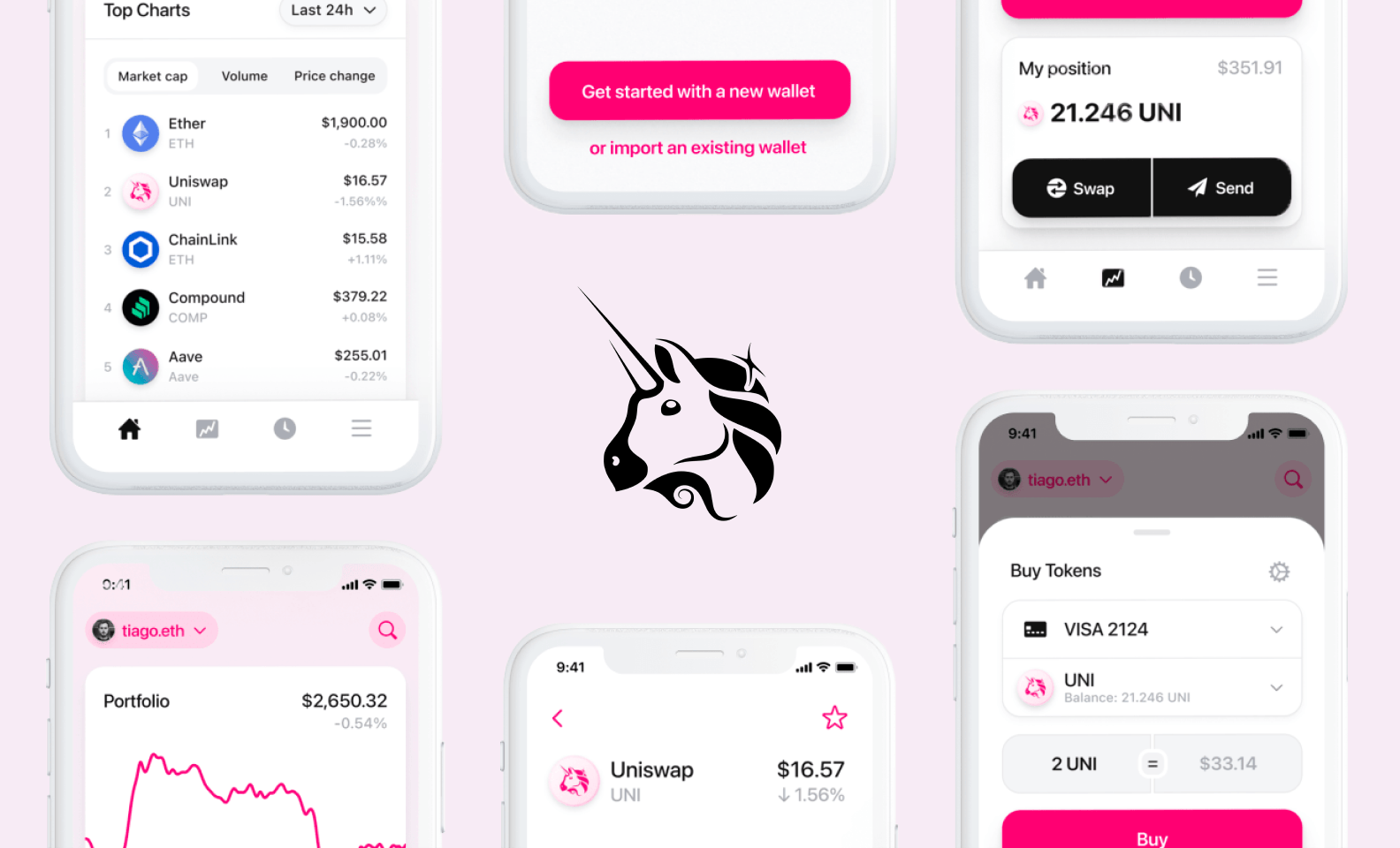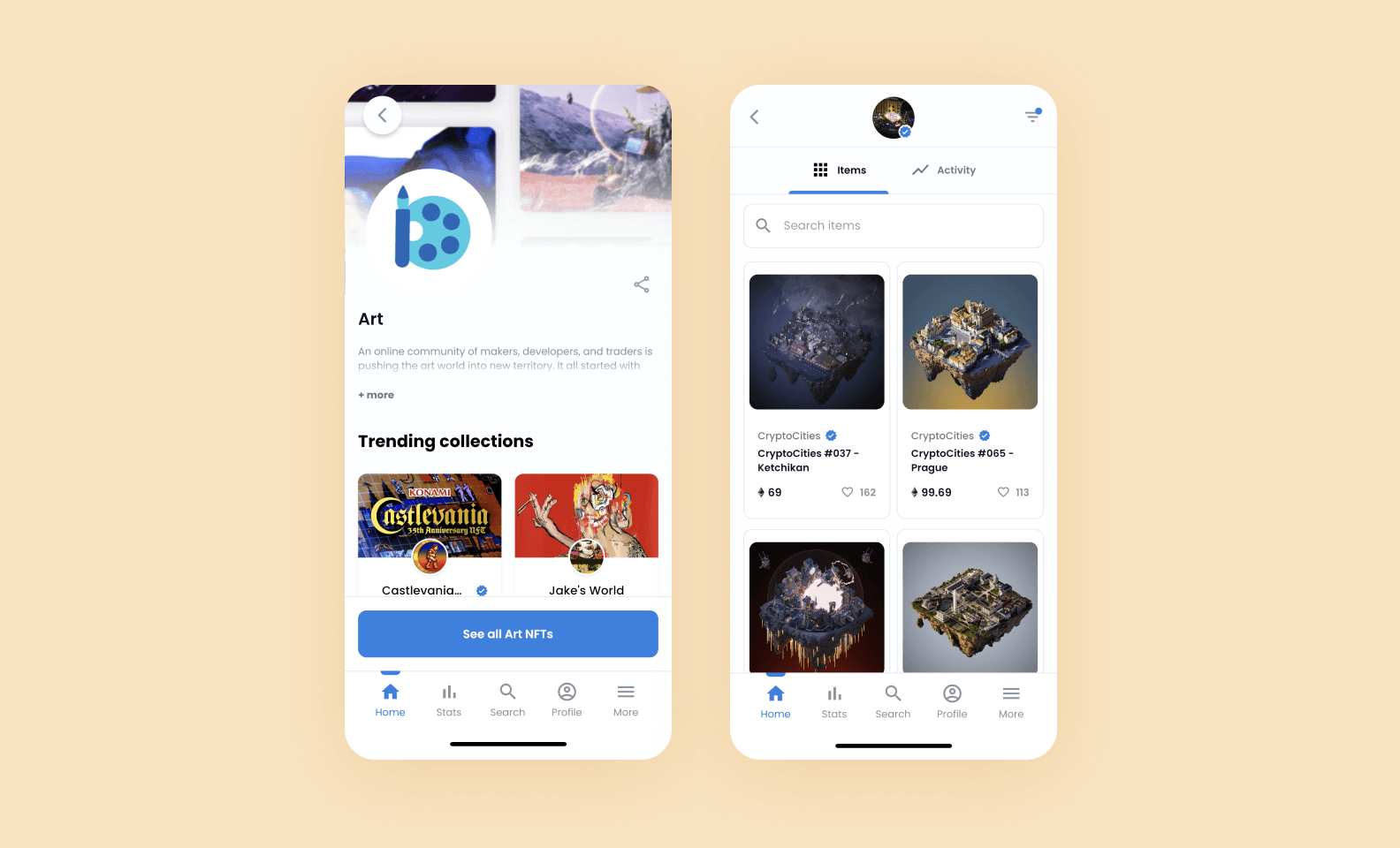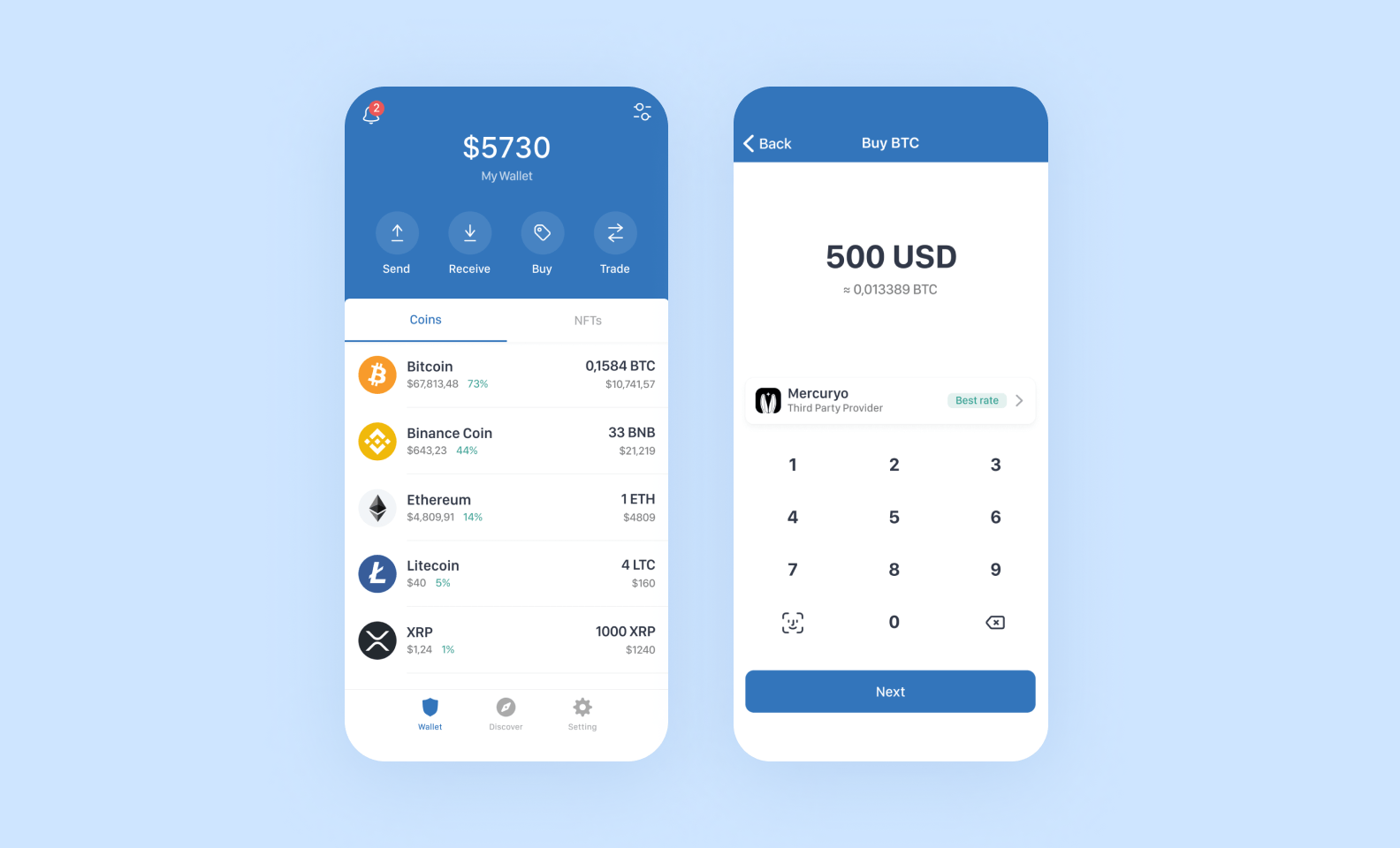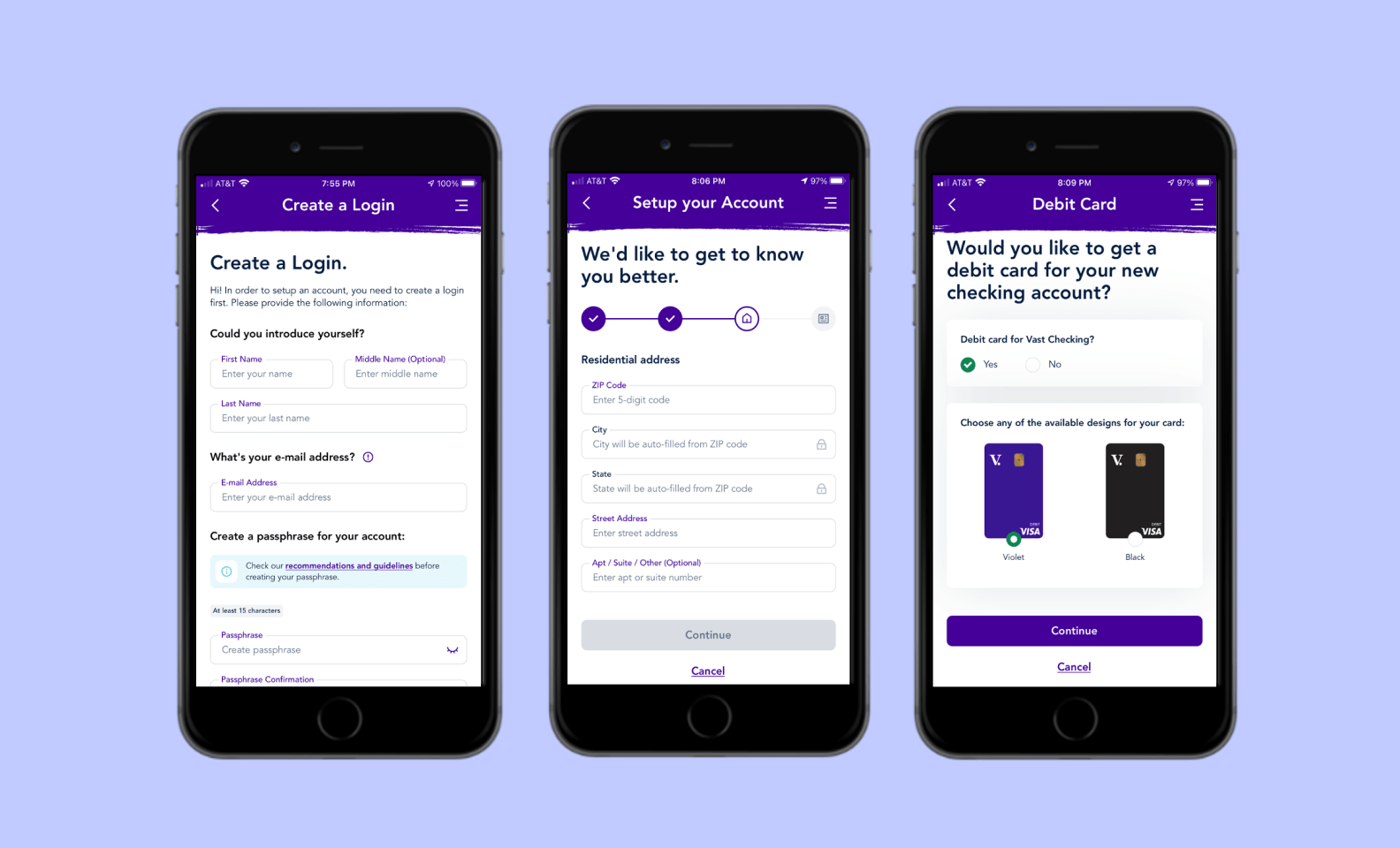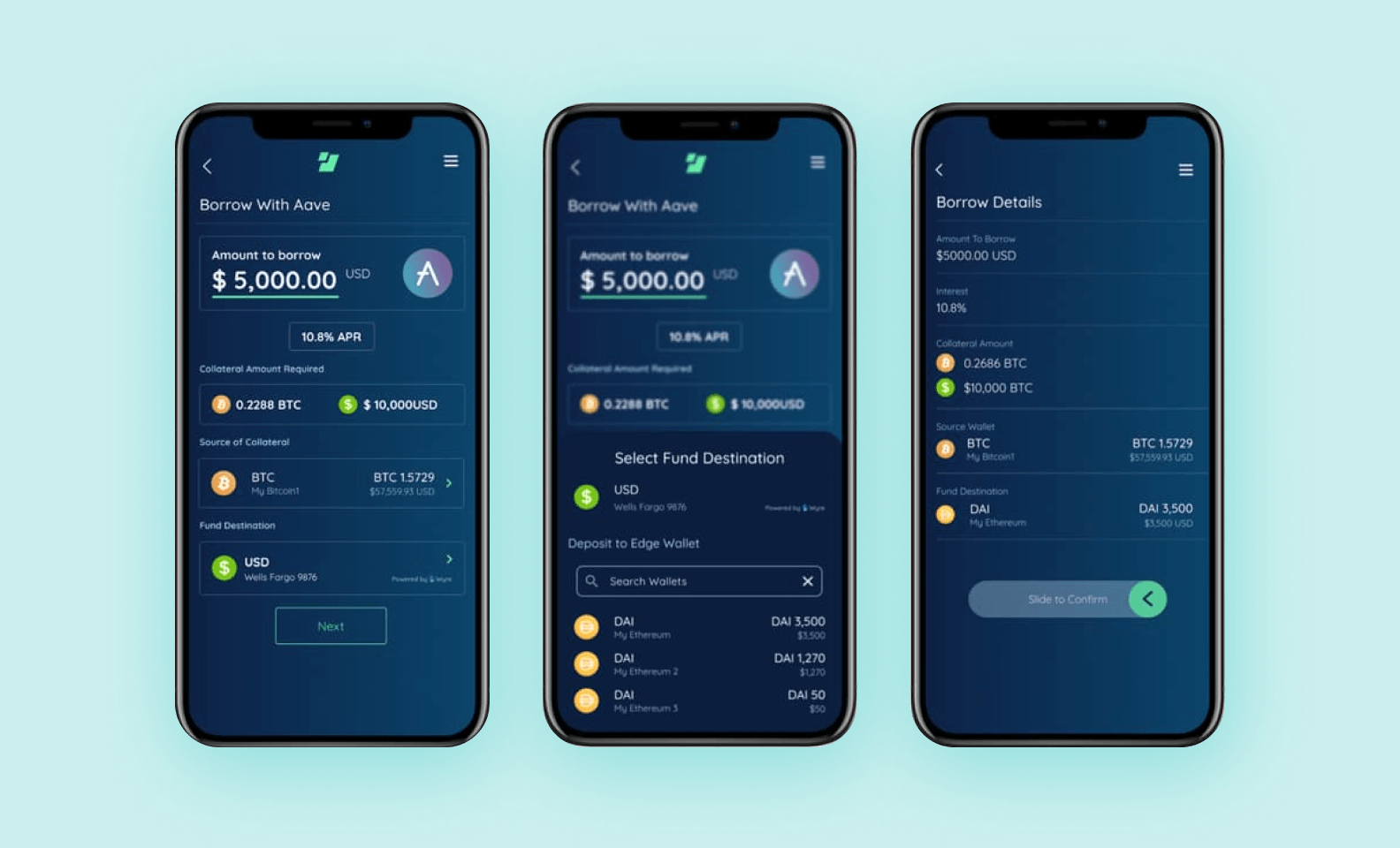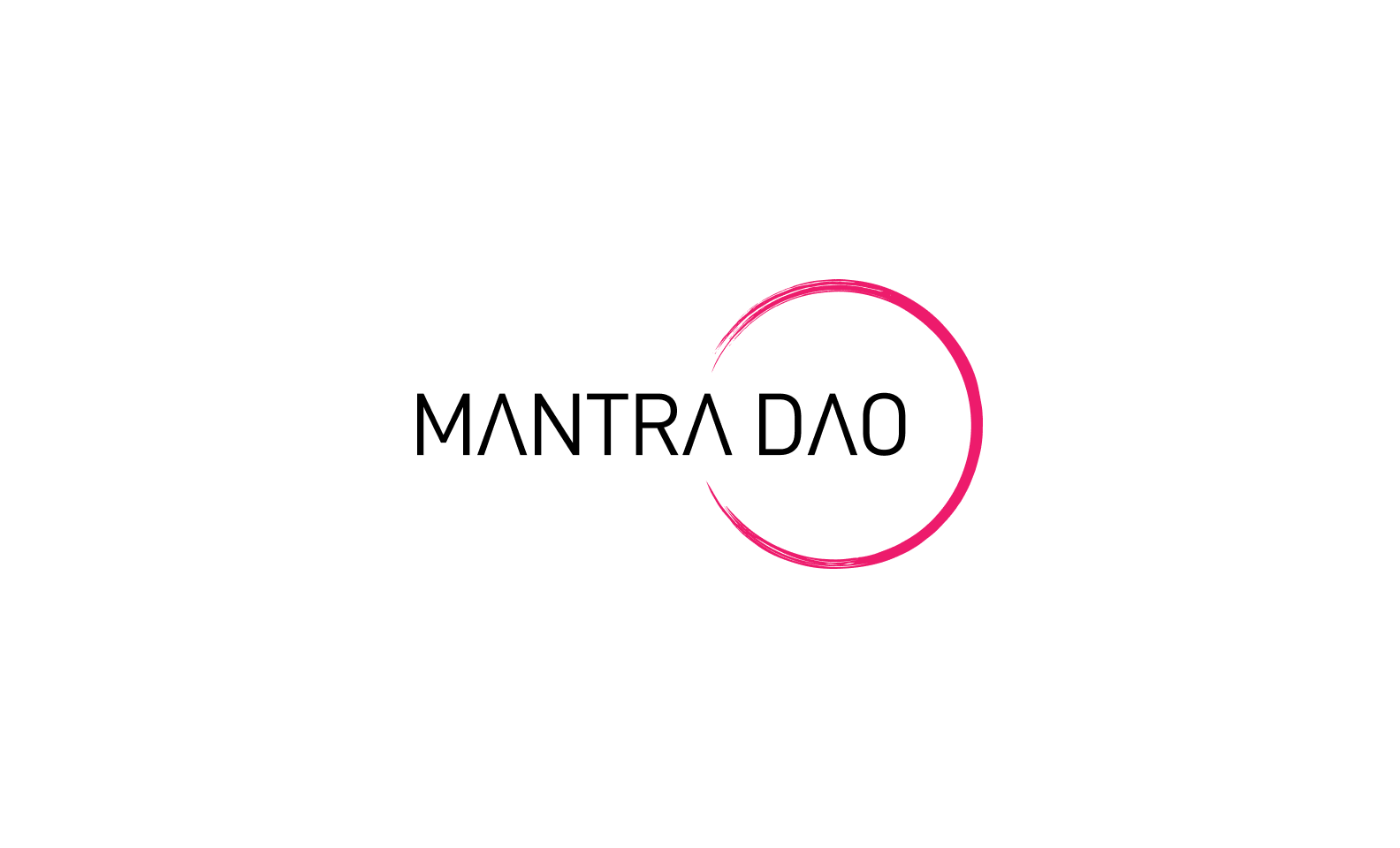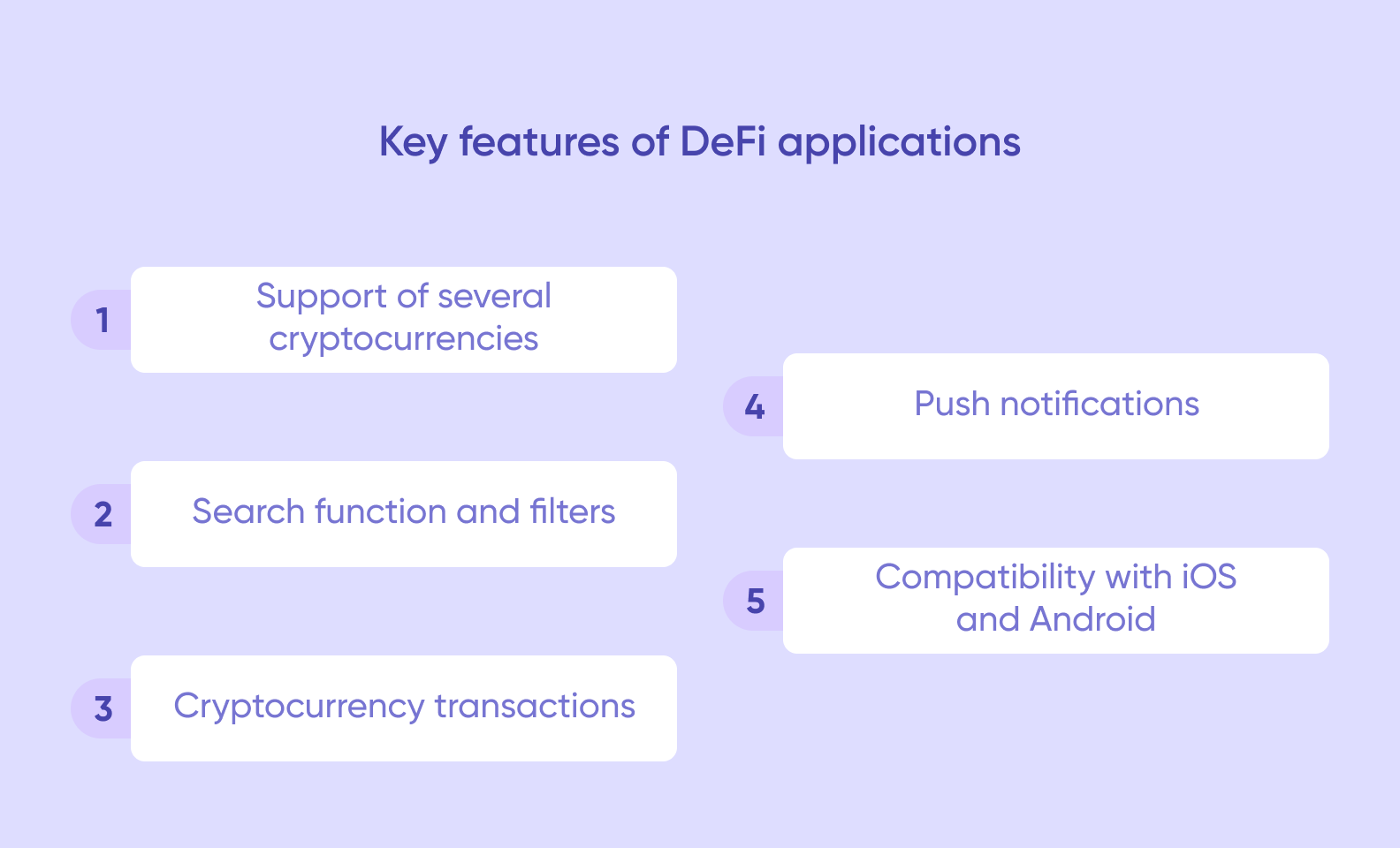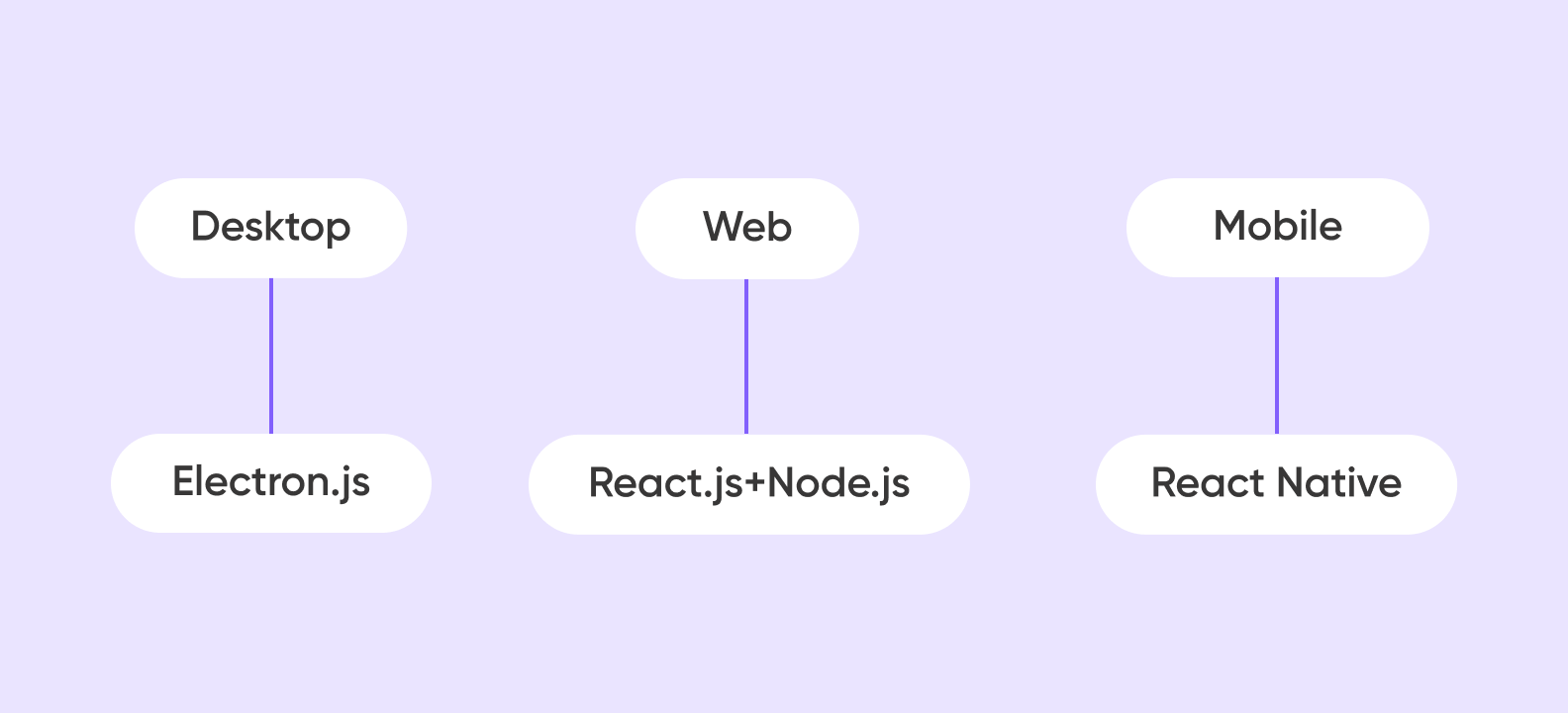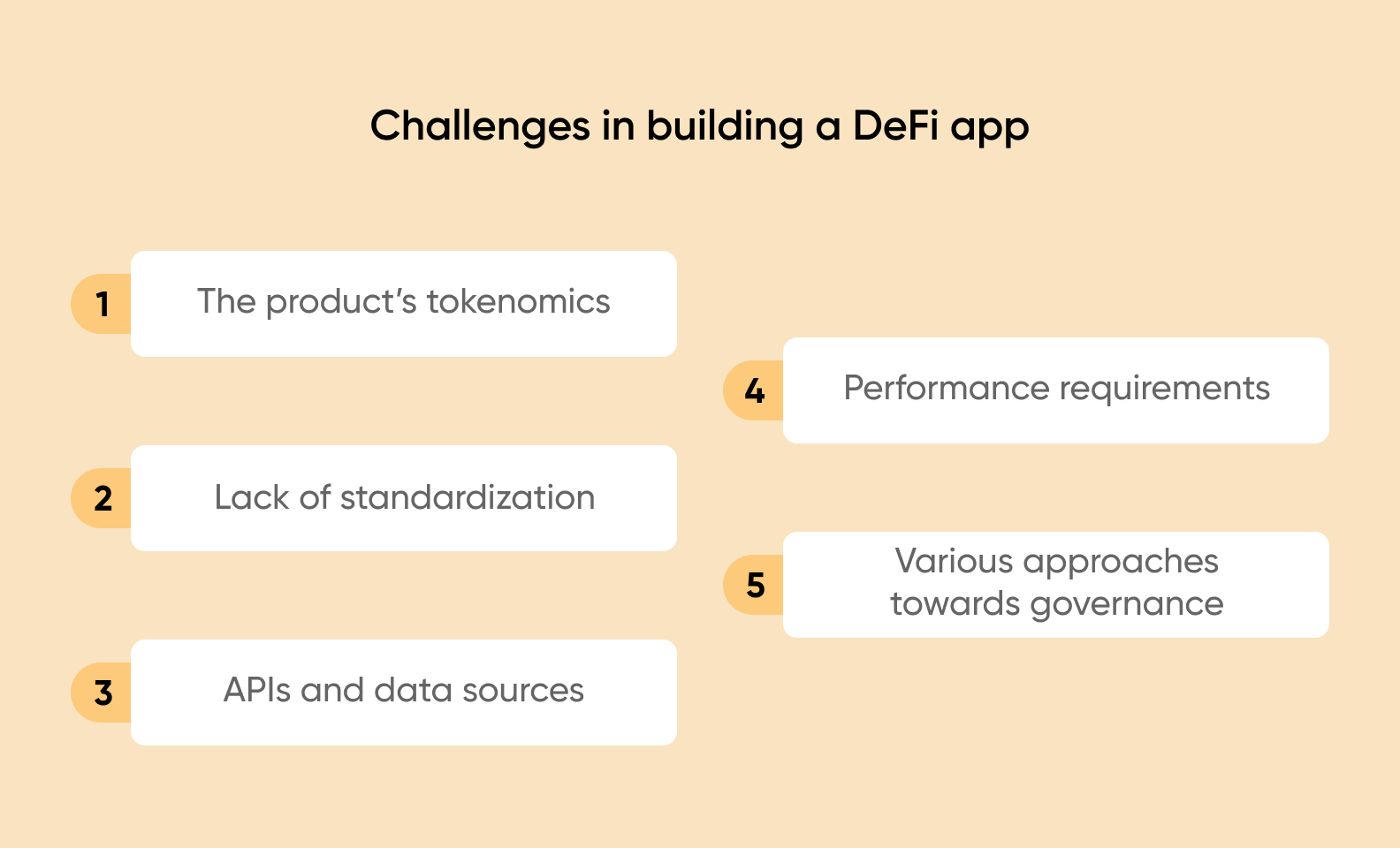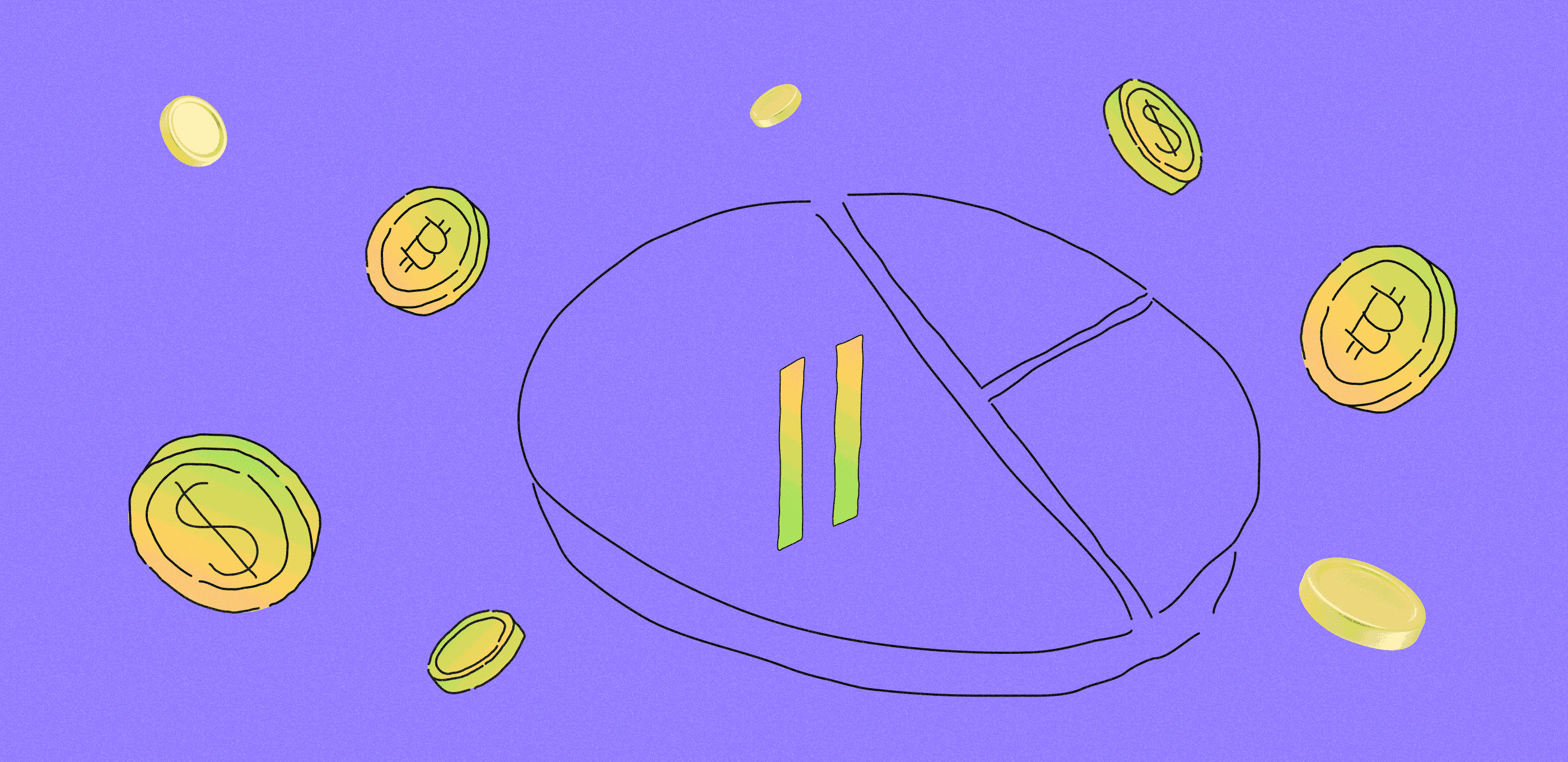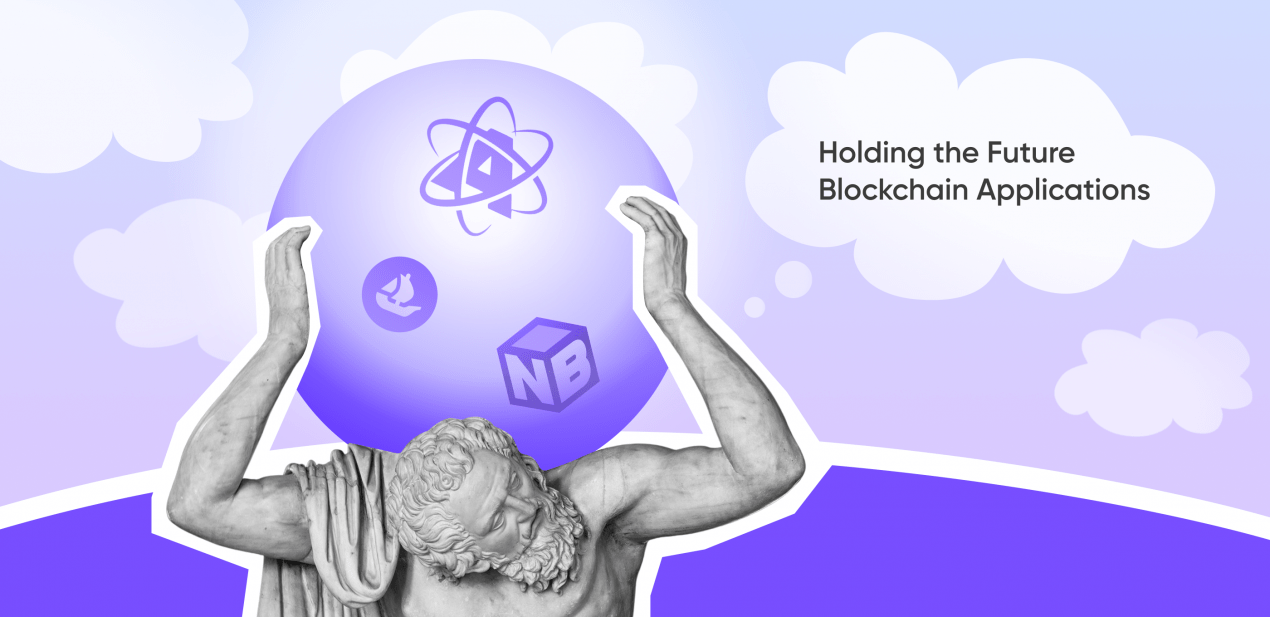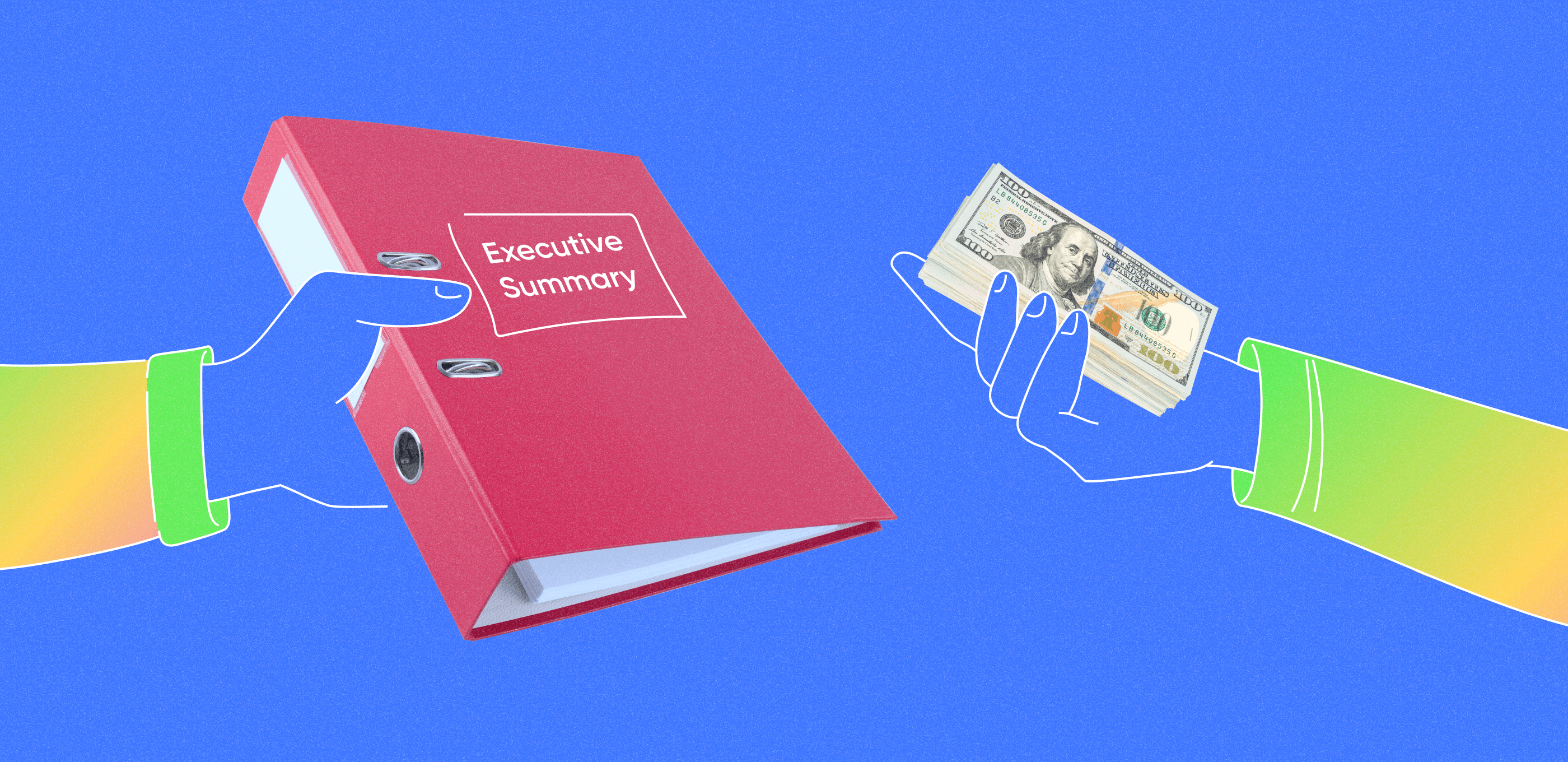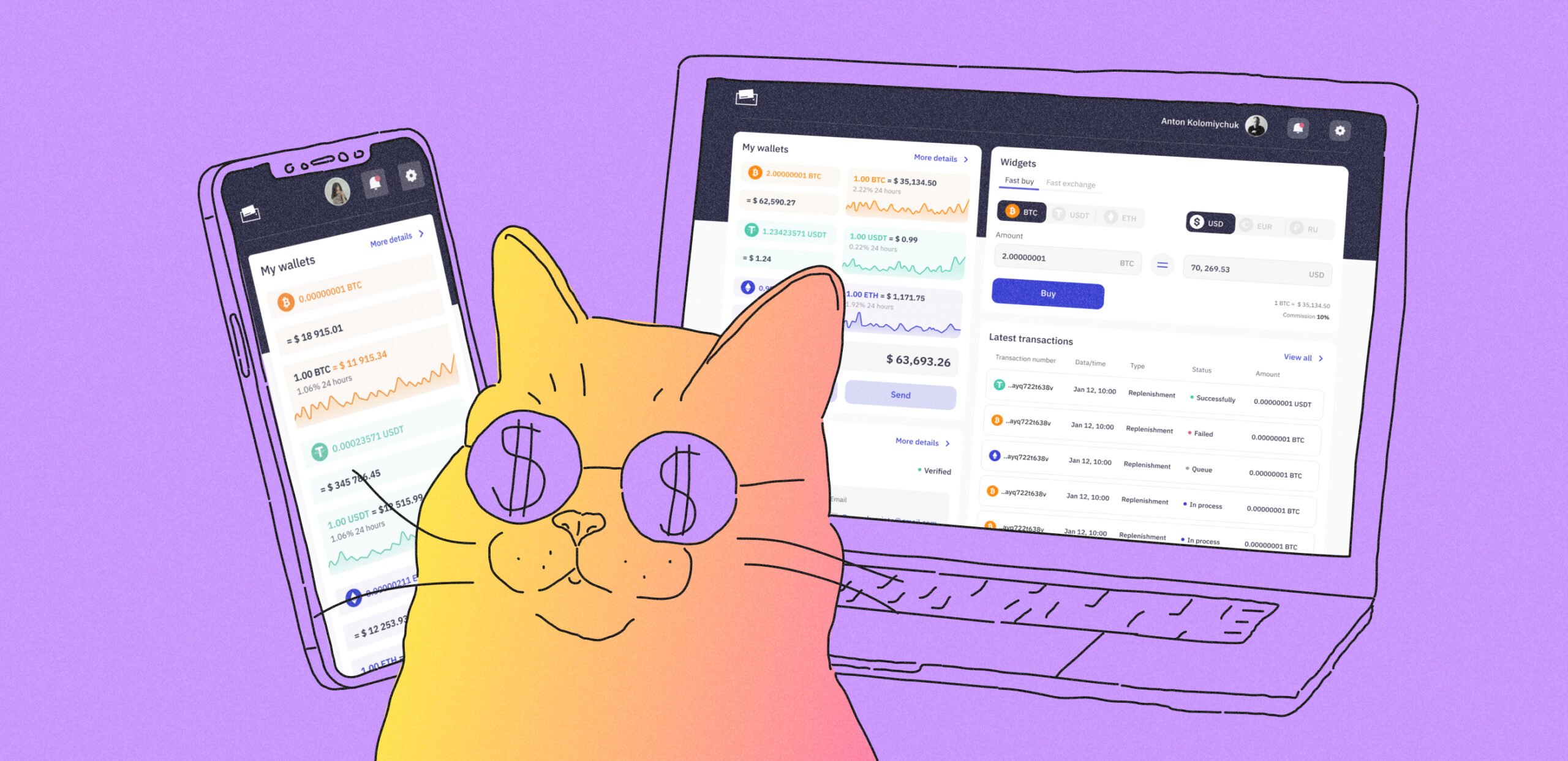What is a DeFi app
Decentralized Finance (DeFi) refers to financial instruments — services and applications — created on the blockchain. They were developed to become an alternative to the banking sector and replace the traditional financial system with modern and more functional technologies based on open-source protocols. DeFi platforms work on smart contracts and blockchain technology, offering more accessible and transparent financial solutions. DeFi helps to interact with digital assets, NFT tokens, and cryptocurrencies.
The opposite system is CeFi (Centralized Finance), which means finance-related software owned and managed by centralized business entities and registered companies. In case of violation of user rights, CeFi platforms can be held accountable. The central regulator often applies mechanisms to protect users from losses and offers lower risks compared to decentralized finance. Currently, CeFi platforms significantly outperform DeFi both in terms of the number of users and the total market volume.
How a DeFi app works
To get started, let’s look at blockchain technology that decentralized applications and DeFi protocols use. Blockchain is a network that receives information which is formed into data blocks. Blocks with data are gathered in a chain based on date and time, so information cannot be changed, corrected, or stolen, and transactions on the network cannot be canceled. Since the information is publicly available to all network participants, the blockchain is considered transparent and reliable.
Blockchain applications, whether or not they deal with finance, require smart contracts. These self-executing algorithms are used to form, manage, and track assets in the blockchain. Simply put, smart contracts are sets of pre-programmed rules according to which one or another action happens. For example, if the user deposits assets at interest for 30 days, then after the expiration of the deposit period, the assets will be returned with the accrued interest automatically.
The term DeFi describes any blockchain software that is related to finance. DeFi apps are built on peer-to-peer decentralized networks and there is no intermediary between users exchanging data or money thanks to the smart contracts. Meanwhile, the current financial system works on centralized platforms controlled by government agencies.
The main types of DeFi apps
Generally, DeFi is not a specific app type but rather an umbrella term that unites many finance-related applications on the blockchain. Let’s look at the most common types.
Decentralized exchanges
The decentralized exchange (DEX) is a platform where the user can buy, exchange, or sell assets, invest for a short and long time, and earn by trading cryptocurrencies. On the exchange, the user can get data on spot prices, markets, growth or decline of crypto, as well as the liquidity of credit transactions on this site. Also, such platforms eliminate dependence on a single intermediary. One of the most successful DEXes is Uniswap. It is built on the Ethereum network.
NFT apps
NFT is not a non-fungible token with which people create digital representations of unique objects, such as paintings, photographs, videos, music, and GIFs. The trend for trading NFT tokens rose in 2021 when the capitalization of NFT trading platforms soared sharply. The most famous platform is OpenSea, with 2.3 million users and a current market cap of over $841 million. At Purrweb, we made a guide on NFT-related app development, linked below.
Crypto wallets
Crypto wallets are applications that store cryptocurrencies. They provide users with a unique access code and securely encrypt personal data. Crypto wallets can operate with a large number of cryptocurrencies and often include the functions of transferring and converting tokens. One example is Trust Wallet, the official Binance exchange wallet. Trust Wallet allows users to buy and stake crypto, store NFT tokens, and use a DApp browser to trade on decentralized exchanges.
DeFi banking
There is space in the banking sector to create global community-driven financial services, making financial operations affordable, fast, simple, and secure. DeFi apps connected to algorithmic protocols generate higher interest than traditional banks. Decentralized banks offer various kinds of staking and rewards programs, money management tools, credits, and transfers. One good example is Vast Crypto Banking. Vast Bank is the first nationally chartered bank in the USA that allows users to purchase, sell, and store cryptocurrencies via the mobile banking application.
P2P lending & borrowing
Thanks to decentralization, control over financial flows in the blockchain ecosystem is evenly distributed among many participants. This is convenient in lending since there are no long chains of intermediaries and paperwork as in banks. Decentralized lending protocols also minimize risks because DeFi lending and borrowing services use automated smart contracts and blockchain instead of banks and brokers. These algorithms specify all the terms of service, including lent or borrowed amounts of money, timeframes, and interest rates, so credit becomes cheaper and easier to get. One of the most popular and user-friendly apps is Aave.
Check out our article, if you want to know more about how to develop blockchain applications.
DeFi crowdfunding platforms
Crowdfunding is a method of collective project financing based on charity, raising debt capital, or stock equity. Decentralized crowdfunding platforms allow startups, businesses, and promising projects to raise funds safely and transparently. Modern services include Brugu and MantraDAO DeFi crowdfunding platforms.
Key features of DeFi applications
Modern DeFi apps must meet several criteria, such as transparency, reliability, interoperability (the ability of the application to interact with other systems without restrictions), and flexibility. To meet them, each DeFi app is bound to feature a range of must-have functions. You can add extra features to stand out from competitors. Before we learn how to build a DeFi app, let’s look at its basic features.
Support of several cryptocurrencies. Often, users need to carry out financial transactions with a variety of currencies. There are crypto wallets that support only one cryptocurrency, but they are not in demand compared to multi-currency ones. The ability to perform various operations with several blockchain networks and their tokens will increase your customer base.
Search function and filters. When you create a DeFi app, it is necessary to add a search function and the ability to filter the list of currencies and blockchains that your application supports. A nice idea is to filter a list of services or categories if your product provides several, for instance, short-, mid-, and long-term loans or crowdfunding projects. This will help simplify your DeFi app and make it user-friendly.
Cryptocurrency transactions. Not only decentralized exchanges and wallets but also other types of DeFi apps should support transactions with financial assets. Make it possible to transfer money between accounts, exchange and convert, as well as buy and sell crypto.
Push notifications. Mobile push notifications and in-app messages help inform users on time about updates, new activities, and changes in regulations. This is relevant for many applications such as decentralized exchanges, banking, loan platforms, and wallets because users can get information on the receipt or debit of funds. In addition, push notifications help to increase security, as users receive one-time codes to log in to their profiles and access assets.
Compatibility with iOS and Android. If you want to build a DeFi app that gains popularity and grows, you will need to make sure it is compatible with the most popular operating systems. You can choose one OS or make the application cross-platform and adaptive using the React Native framework.
Tech stack for DeFi app development
To develop a DeFi app, you first need to choose a desktop, mobile, or web option. Here are some of the most advanced technologies that a DeFi app development team can use.
Electron.js for desktop apps. Using Electron.js, developers build native cross-platform applications for desktops. It is an open-source framework that uses JavaScript, HTML, and CSS programming languages, as well as Chromium and Node.js frameworks. Apps based on Electron.js are compatible with Windows, Mac, and Linux.
React.js and Node.js for web apps. These JavaScript libraries are used for web application development. React.js helps create user interfaces. It is an open-source frontend library with a useful developer toolset. Node.js is used to create scalable and flexible web applications. Based on this backend development environment, apps have high performance.
React Native for mobile apps. React Native is a framework with a single code base suitable for developing mobile apps both for Android and iOS. One team can build applications for two platforms which saves time and money on software development.
When building a decentralized finance app, you need to write smart contracts on the backend. Experts state the best programming languages to do this include Solidity, Java, JavaScript, Python, and SQL. It’s important to know that blockchain development is quite specific, so you’ll need skillful coders. At Purrweb, we have an experienced team that can help you with that.
Challenges in building a DeFi app
Before building a DeFi app, you should pay attention to the limitations and difficulties that may arise. We want to highlight a few problems that appear when you build a DeFi application and give advice on how to deal with them.
The product’s tokenomics. You will need to choose a blockchain platform and the way to use crypto. These decisions will drive all further choices of the tech stack, protocols, etc. Tokenomics is a term that reflects the factors affecting the use and value of the token, the creation and distribution, supply and demand, incentive mechanisms, and token burning. For crypto projects, well-thought-out tokenomics is crucial to success.
Lack of standardization. There are a variety of protocols, blockchains, and DeFi app options, and users expect that your product will support them. However, the DeFi industry is young, so there are few standards. As a result, it becomes challenging for developers to create an application that satisfies the user’s needs. You need to pay attention to the specialization of your team and their ability to create applications that support all of the protocols.
APIs and data sources. Another problem is gathering information from different sources and APIs. You’ll need to upload this data to your system. Developers often need to write their software or integrate it with other systems and databases. In advance, set aside spare time and financial resources for this case. Our clients also asked us to use data from various APIs in their crypto wallet app. Check out how the Purrweb team has dealt with this challenge below.
Performance requirements. The requirements for financial applications are always high, as people need to receive money quickly when exchanging, buying, and selling their assets. If you have few servers or low bandwidth infrastructure, then you may lose customers. You need to make sure your DeFi app works well under high load. For example, to boost the Broex app performance, our team implemented real-time data updates for key features while adding a 3-second delay for the non-vital ones. Read more about this case here ⬇️
Various approaches towards governance. Each of the mentioned protocols has its own management model, which may not be suitable for your use. Approaches to management in the DeFi space vary depending on the project. Some projects involve all participants equally in the management, while others limit it only to token holders or stakers. For example, LUNA, the native token of the Terra network, sensational for its sharp fall, was used to submit and vote management proposals.
5 Steps to build DeFi apps
After researching and evaluating the latest developments, experts conclude that blockchain technology is becoming an increasingly reliable mechanism. It is more trusted and, as a result, more used. To join the creation of the financial infrastructure of the future and develop your own application, you need to go through several steps. Let’s see how to build a DeFi app.
Step 1: Define the project’s idea. First, decide on the type of DeFi app: do you want a DEX, lending, or NFT application? Think about your target audience, how they use their crypto assets, and the business goal of the project. Evaluate the relevance and novelty of the idea, set specific deadlines, and estimate your budget.
Step 2: Create a design. When developing an application, it is important to think about the user experience. Find references to help the design team create the perfect look and feel for the app. Then, design your DeFi app with the UI/UX team. DeFi is difficult to understand, but thanks to the design, it can become much easier for users to deal with it. You can offer them onboarding at the first launch.
Step 3. Develop the app. Your next step is to build a DeFi application with your team. Choose blockchain and tokenomics. If you create a complex exchange-type application, consider integrating crypto wallets. Entrust all the complex stages of app development and smart contract writing to specialists.
Step 4: Test the app. Quality assurance and testing in parallel with app development play a key role as they guarantee that the application will work as designed and with zero bugs. If your DeFi app is adapted to different devices and works well under the high load, people will continue to use your app in the future.
Step 5. Release the app and get feedback. The final stage of the DeFi app development process is the launch. Gather feedback from the first users to improve the quality of service and ask the audience to rate the application according to different criteria. You need to update your application regularly to ensure customers can use your product as efficiently as possible.
How much does it cost to develop a DeFi app?
If you’re going to create a DeFi app, you should know about all the parts of the development and estimate potential costs. The application development market is large, and the prices of different teams differ greatly. At Purrweb, we have already created a DeFi app, therefore, our estimates are based on a real successful DeFi project. You can check out how we managed to create a crypto wallet.
Here’s how our team evaluates rates and timeframes of an NFT wallet MVP development. Mind that we calculate costs for an app with the basic must-have function.
| Stage | Estimation in hours | Estimation in weeks | Approximate costs |
| Business process project analysis | 40 hours | 1 week | $800 |
| UI/UX design | 140 hours | 5 weeks | $6,300 |
| App development stage | 2100 hours | 24 weeks | $94,500 |
| QA Testing | 1080 hours | 27 weeks | $21,600 |
| Project management | during the whole project | during the whole project | $9,850 |
Overall, the development of a DeFi app will cost you $133,050.
Wrapping up
DeFi is one of the major trends in the blockchain industry. From what we have seen so far, DeFi certainly has the potential to benefit the banking sector, and many believe it will even outperform traditional finance.
We hope that our guide has answered most of your questions regarding the development of a DeFi app. If you have any doubts or difficulties with the evaluation of the project, you can always contact our experts. We know how to create a DeFi app. The Purrweb team will be happy to help make your idea come true, not only with advice but also with the development and design of a product with a quality guarantee. Take a look at our cases and leave a request in the form so we can contact you.

